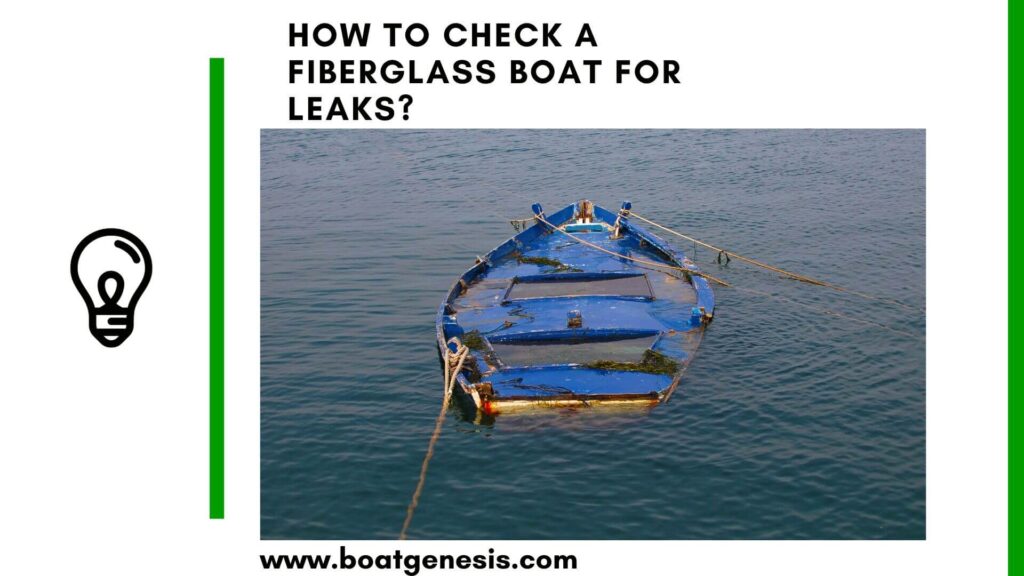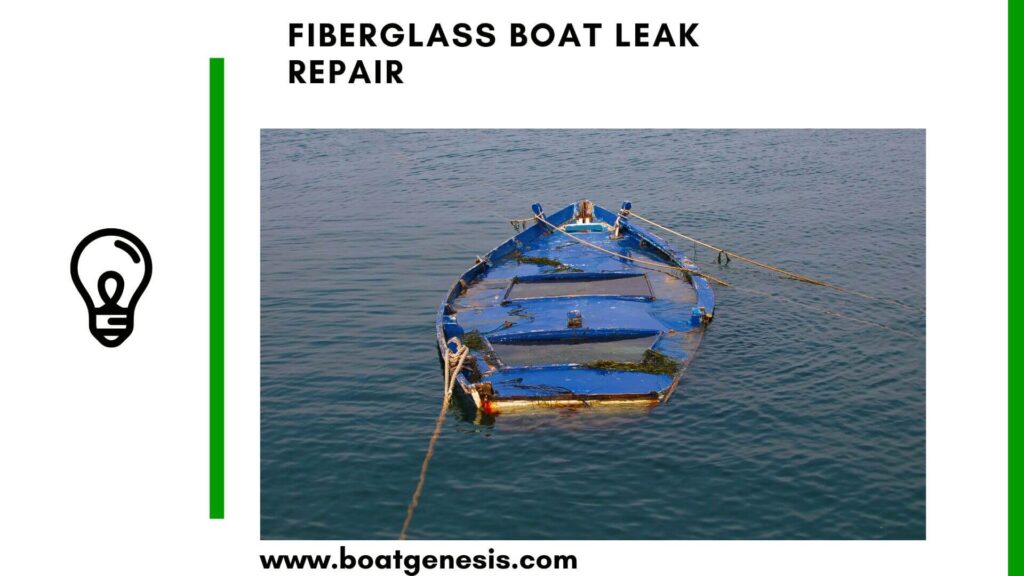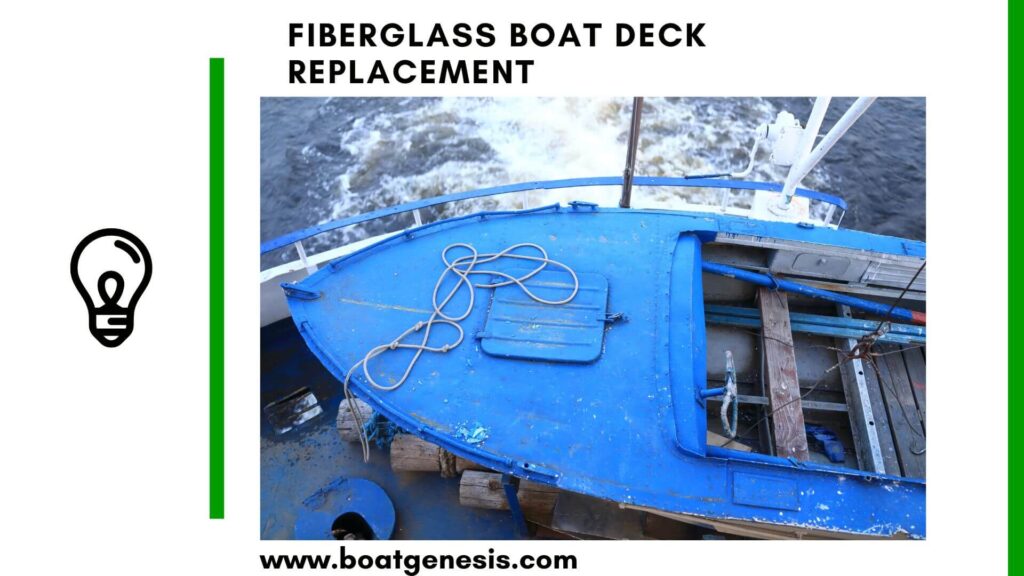Got a fiberglass boat that needs fixing? You’re in the right place. This article breaks down the essential supplies you’ll need to repair those pesky cracks and scratches
Without further ado, let’s jump right in.
The Must-Have Fiberglass Boat Repair Supplies
First things first, to tackle any fiberglass repair, you’ll need a trusty set of materials by your side. Here’s your treasure map to finding the right supplies:
1. Fiberglass Repair Kit
For those smaller skirmishes with wear and tear, a fiberglass repair kit is your first mate. These kits typically come with resin, hardener, fiberglass cloth, and sometimes even colorants to match the hue of your hull.
2. Epoxy or Polyester Resin
When it comes to bonding, epoxy resin is the captain of adhesion. It’s robust, waterproof, and not too fussy about the weather.
However, for minor repairs, polyester resin might just do the trick—and it’s easier on your treasure chest (budget!).
3. Fiberglass Cloth or Mat
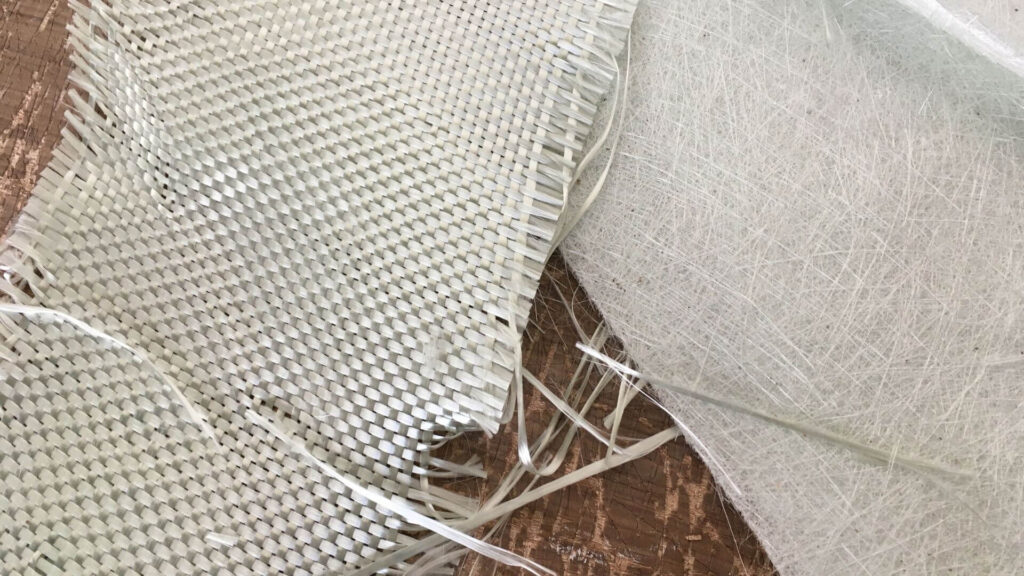
Think of fiberglass cloth as the backbone of your repair. It reinforces the area and works hand-in-hand with your resin to create a sturdy patch.
Choose the weight and weave that best suits the size and scope of your repair project.
4. Sandpaper and Grinder
Before you can lay down new fiberglass, you need a smooth surface. A grinder and coarse sandpaper will help you remove any rough edges and old material, ensuring your repair starts on the right foot—or keel!
5. Protective Gear
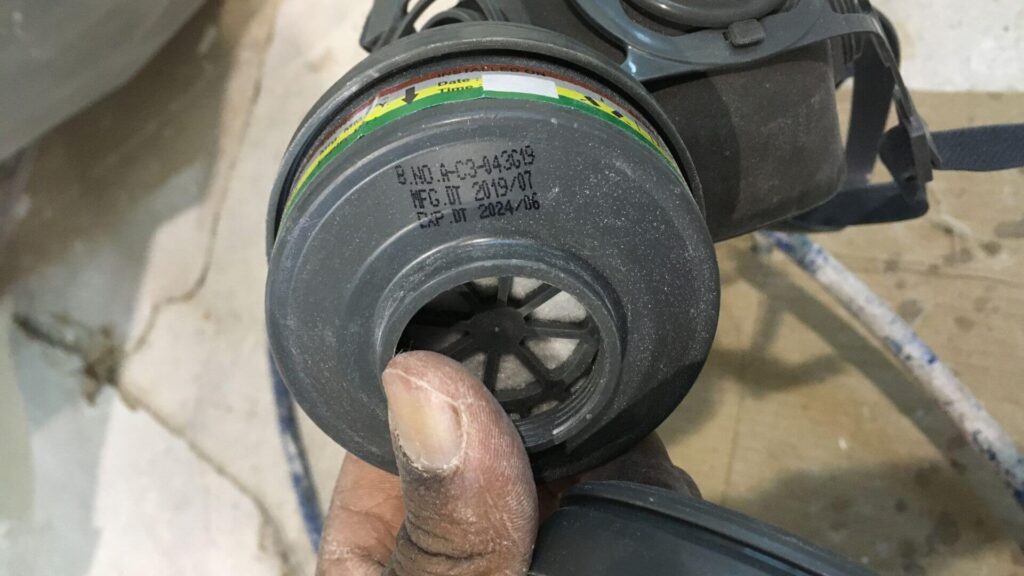
Safety is no sea shanty—it’s serious business. Don a Tyvek suit, respirator mask, and gloves to protect yourself from fiberglass splinters and fumes.
Trust me, you don’t want to skimp on this.
6. Mixing Tools and Containers
No pirate mixes epoxy with their bare hands! Use clean mixing sticks and containers to blend your resin and hardener.
7. Acetone or Cleaning Solvent
Before you start applying new materials, you’ll need a clean surface free of any oils, waxes, or grime.
Acetone or a specialized cleaning solvent will ensure that your fiberglass and resin adhere properly, giving you a repair that’s as steadfast as a lighthouse in a storm.
8. Filler Material
Sometimes the damage might be more than just surface deep. That’s where a good filler supply comes in.
Whether it’s a marine-grade putty or a thickened mixture of resin and a filler like cabosil, you’ll be able to bridge gaps and create a surface that’s ready for the final touches.
9. Gelcoat or Marine Paint
Once your repair is solid and sanded smooth, you’ll want to finish it off with a protective and aesthetic outer layer. Gelcoat is the go-to for many fiberglass boats, but marine paint can also do the trick.
Whichever you choose, make sure it’s suitable for marine environments and matches your boat’s color scheme.
10. Brushes and Rollers
Applying resin, filler, and finishing coats requires precision and care. High-quality brushes and rollers will help you achieve a smooth, even application.
Remember, the right products can make a world of difference in the final appearance of your repair.
Final Word
With your supplies gathered, you’re ready to embark on your DIY fiberglass boat repair journey.
Remember, the key to a successful repair lies not just in having the right materials, but also in taking the time to do the job right.
Take it slow, follow instructions carefully, and don’t be afraid to seek out advice from fellow boating enthusiasts or professionals if you hit rough waters.
And there you have it, a complete list of supplies for your DIY fiberglass boat repairs.

Founder of BoatGenesis, Warren has hands-on experience in fiberglass boat repairs, marine equipment testing, and powerboat building. Learn more about Warren.

